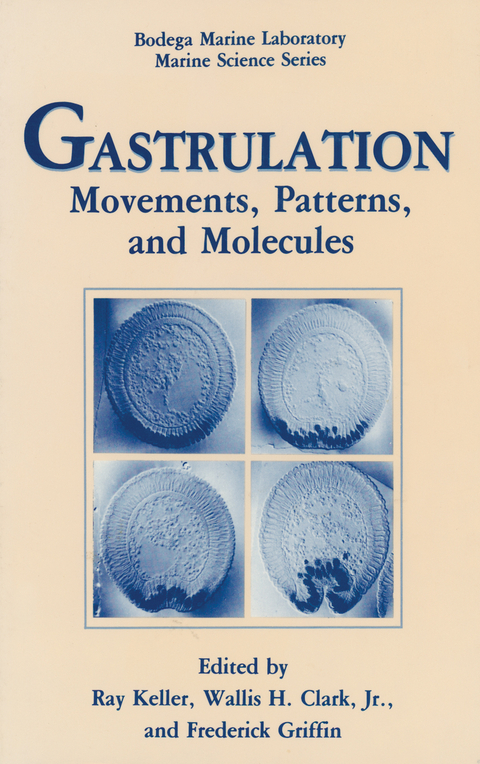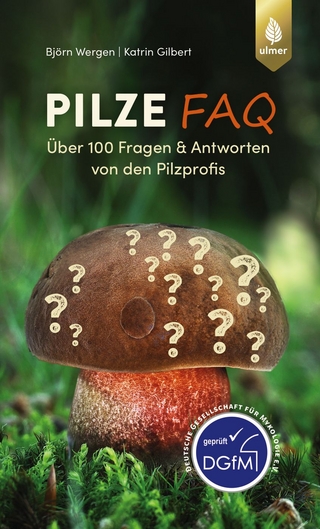
Gastrulation
Springer-Verlag New York Inc.
978-1-4684-6029-2 (ISBN)
Cell Movements in the Epiblast During Gastrulation and Neurulation in Avian Embryos.- Mesoderm Formation in the Chick Embryo, Revisited.- Culture of Embryonic Cells for Analysis of Amphibian and Mammalian Early Embryogenesis.- Organizing the Xenopus Organizer.- The Arrangement of Early Inductive Signals in Relation to Gastrulation; Results from Frog and Chick.- Cell Motility, Control and Function of Convergence and Extension During Gastrulation in Xenopus.- In vivo Analysis of Convergent Cell Movements in the Germ Ring of Fundulus.- Dynamical Models for Cell Rearrangement During Morphogenesis.- Mesoderm Cell Migration in the Xenopus Gastrula.- Amphibian Gastrulation: The Molecular Bases of Mesodermal Cell Migration in Urodele Embryos.- The Expression of Fibronectins and Integrins During Mesodermal Induction and Gastrulation in Xenopus.- Mechanics and Genetics of Cell Shape Changes During Drosophila Ventral Furrow Formation.- Convergence and Extension During Germband Elongation in Drosophila Embryos.- Ultraviolet-Sensitive Determinants of Gastrulation and Axis Development in the Ascidian Embryo.- Rapid Evolution of Early Development: Reorganization of Early Morphogenetic Processes in a Direct-Developing Sea Urchin.- Sea Urchin Micromeres, Mesenchyme, and Morphogenesis.- Primary Mesenchyme Cell Migration in the Sea Urchin Embryo.- Cell-Extracellular Matrix Interactions During Primary Mesenchyme Formation in the Sea Urchin Embryo.- The Role of Cell Adhesion During Gastrulation in the Sea Urchin.
| Reihe/Serie | Bodega Marine Laboratory Marine Science Series |
|---|---|
| Zusatzinfo | 191 Illustrations, black and white; XII, 332 p. 191 illus. |
| Verlagsort | New York, NY |
| Sprache | englisch |
| Maße | 155 x 235 mm |
| Themenwelt | Sachbuch/Ratgeber ► Natur / Technik ► Naturführer |
| Naturwissenschaften ► Biologie ► Evolution | |
| Naturwissenschaften ► Biologie ► Genetik / Molekularbiologie | |
| Naturwissenschaften ► Biologie ► Ökologie / Naturschutz | |
| Naturwissenschaften ► Biologie ► Zoologie | |
| ISBN-10 | 1-4684-6029-3 / 1468460293 |
| ISBN-13 | 978-1-4684-6029-2 / 9781468460292 |
| Zustand | Neuware |
| Haben Sie eine Frage zum Produkt? |
aus dem Bereich


